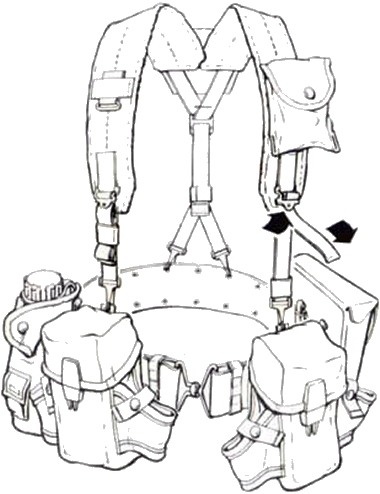I always wanted a title like Mofongo Monday, Two for Tuesday, or Fencing Friday, so for today only, Midweek Musing.
The movie
Cristiada is about to be released in the US. The title for the Gringos is
For Greater Glory, it is about the Cristero Wars in Mexico during the 1920s. Long story short the Mexican Government persecuted the Catholics, and not just the bullying kind of persecution, the extermination and subjugation kind. Serious stuff, serious enough that the people took to arms and took on superior forces.
What amazes me about this time in history is how it has been a relatively unknown chapter in Mexican/World/Church history. Most people assume Mexico is a Catholic haven, but as Catholic as the people are, the Mexican government in the last 150 or so years hasn't been too kind to the Church. Anti-clerical laws have persisted until they were recently abrogated, recently as in
1992.
We seem to be having some issues here in the US lately on the religious front, nowhere near what the Mexicans endured, but non the less the Church is under attack. This is nothing new in the US though. Another often down played part of history is the anti-Catholicism in the US that goes back to it's colonial era. Many people consider the North East historically Catholic, but in actuality it wasn't, the Catholic population was minuscule and had an underground, second-class existence until after the influx of Catholic immigrants in the 19th century. Even Maryland, a colony founded by Catholics eventually turned them into persona non grata. I don't remember learning any of this in school. I learned about the poor persecuted Puritans that landed on Plymouth Rock seeking religious freedom, but they kind of left out the fact that they were persecutors themselves in the New World.
Remember to pray for out brethren out there in the world that are actually going through the type of persecution seen by the Cristeros.
If I had a pipe this is where I take a few tokes looking contemplatively into to distance while the scene fades to black.



.jpg)
















